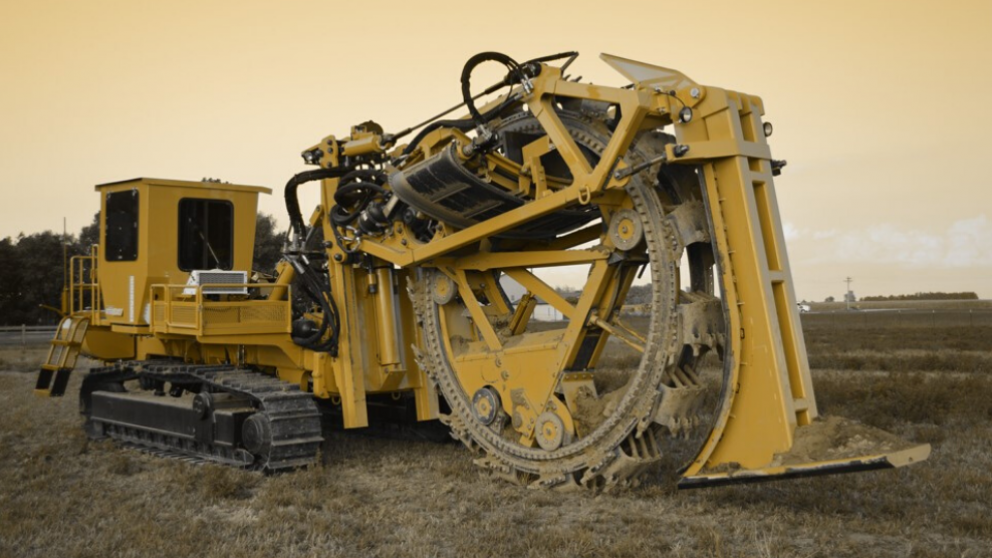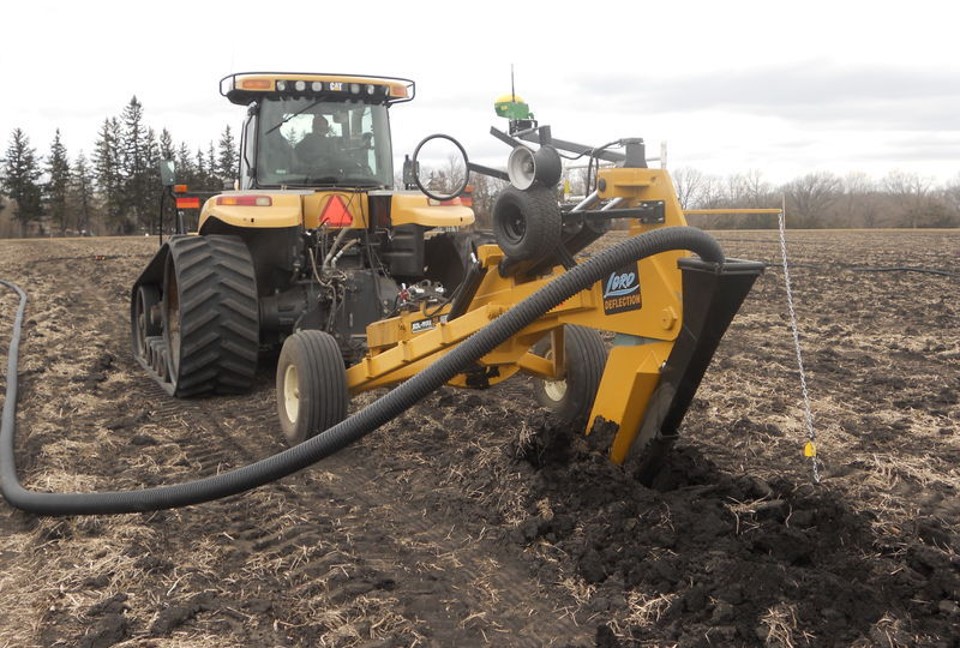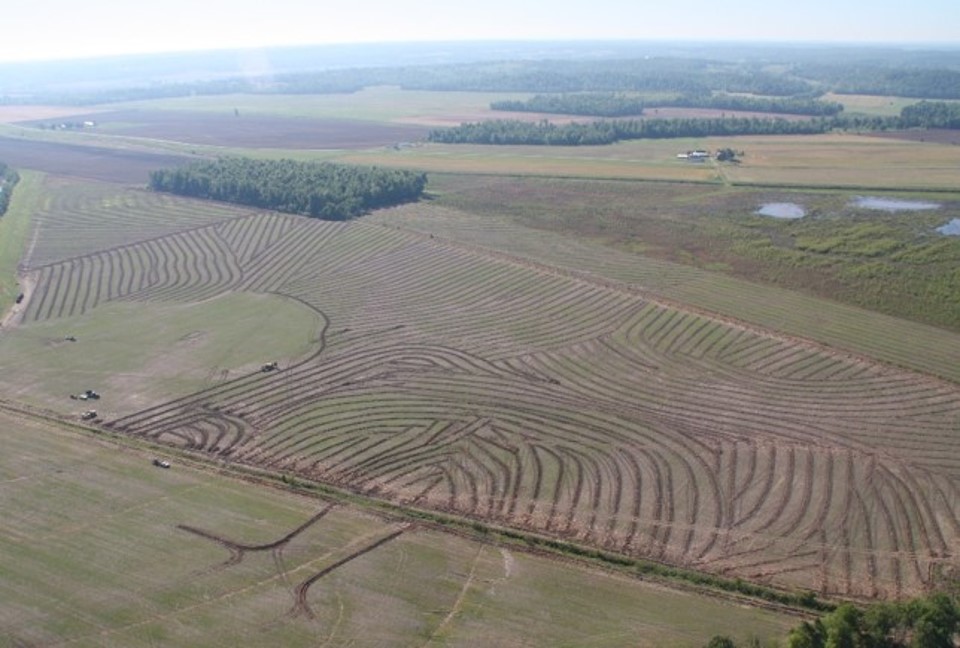Drainage Tile: What you need to know

It’s no surprise that in the Midwest we get a lot of rain and while rain is good for growing crops and producing high yields, too much rain has the opposite effect. The Midwest has several areas that are known to receive excess rainfall. So, how do you combat this issue without magically being able to control the weather?
Underground drainage tile is one of the most efficient ways to handle excess rainfall for farmland. Tile drainage is a management system that removes excess water from soil below the surface. This type of drainage system helps bring soil moisture levels down for optimal crop development.
How It’s Installed
Thanks to today’s technology, installing drainage tile is a pretty simple process. Made with plastic tubes anywhere from four to twelve inches in diameter, the tile is laid out onto a field. From there, it is then trenched or plowed into the ground.

Benefits of an Effective Tile Drainage System
Now that you know what drainage tile is and how it’s installed, let’s look at some of the benefits of having an effective tile drainage system on your farm:
- Helps manage soil moisture capacity thereby reducing soil erosion
- Improves yield consistency
- Helps maintain waterways
- Helps improve operational timeliness
- Reduces wear and tear on equipment
- Allows for more consistent no-till production
- Improves soil health by allowing adequate oxygen into the soil
In addition to these benefits, having an effective drainage tile system in place can help increase the rental value of your land.
Lastly, a drainage tile system is a great long-term investment for farms that receive excess moisture. While the investment is made up-front, the benefits of the system can last for many decades.
For more information on drainage tile and if it’s a good investment for your farm, contact your Hertz Farmland Professional.










